Lesson Four – Skyscraper
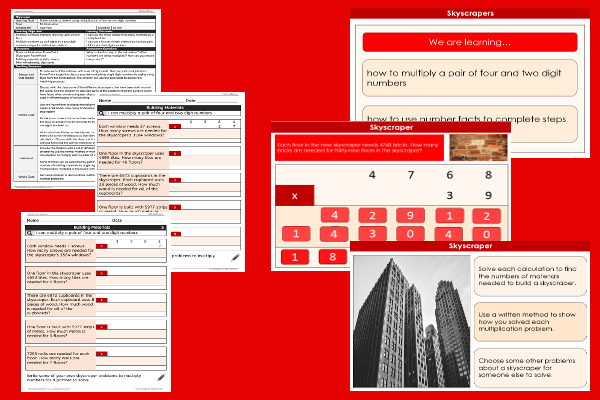
This maths teaching pack for Key Stage Two gets the children to identify and record how to solve number problems using written multiplication of four by two digit numbers to calculate the materials that are needed to build a skyscraper.
The class can explain and model how to use number facts to complete each individual step when multiplying a pair of numbers including the use of the times tables calculations.
Download this teaching pack including a lesson plan, classroom activities and an interactive presentation to identify and record how to solve number problems using written multiplication of four by two digit numbers to calculate that materials that are needed to build a skyscraper
Activities in this teaching pack include a differentiated set of worksheets to calculate the number of different materials that are needed to build a skyscraper by multiplying pairs four by two digit numbers using the correct written multiplication calculations.
The interactive presentation gets the children to explore how to solve number problems using multiplication of four by two digit numbers to calculate materials needed to build a skyscraper.
This lesson is part of a maths scheme of work to get the children to practise using formal written methods to multiply three and four digit numbers by two digit numbers to solve a range of real world and abstract multiplication problems. There are teaching activities for shared learning, differentiated worksheets to support independent learning and interactive presentations to introduce concepts and key skills.
-
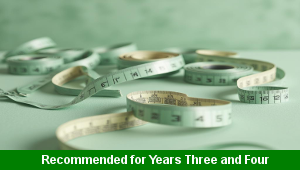
Length Calculations
Practise using number calculations skills for addition, subtraction, division and multiplication when solving problems related to length measurements
-
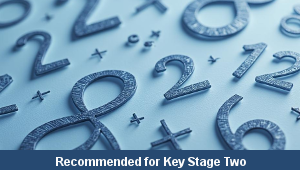
Maths Calculations Assessment
Assess abilities in solving a range of different number problems for addition and subtraction when working with informal and formal written calculations
-
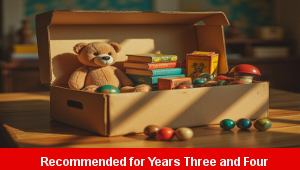
Determinant Lists
Explain and model how to make lists of objects used and found in different locations to match the correct determinants of a and an
-
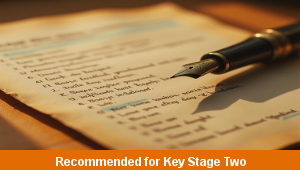
English SPAG Assessment
Assess abilities in composing sentences for fiction and non-fiction using the correct spellings, punctuation marks and grammar vocabulary phrases
